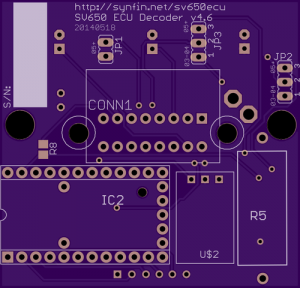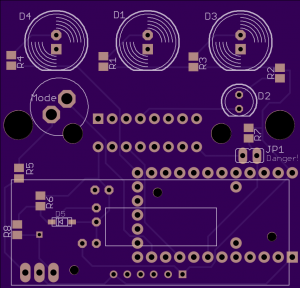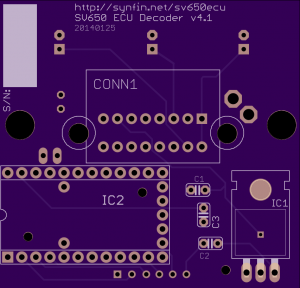Reverse engineering the SV650 SDS Protocol
So spent a bunch of the time in the garage this weekend working on reverse engineering the SDS protocol on the SV650. SDS is basically ISO9141 aka K-Line which something you often see in a car’s ODB-II port. Unfortunately, SDS is just different enough that you can’t use any commercial off the shelf ODB-II reader to read the messages. The way I have been going about this was pretty painful and taking a lot of time/effort to iterate over so I came up with a new tool chain.
Continue reading




